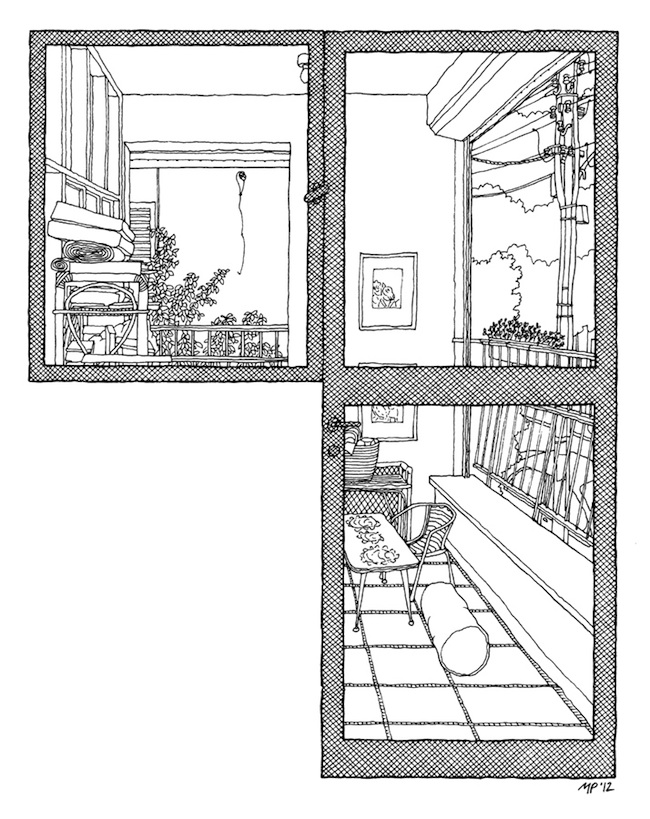Communication with astronauts in space is Science Fiction Archivesvital, whether it's during travel, when they're doing experiments on the International Space Station, or just want to chat. It's also pretty tricky.
That's the topic of the latest episode of Twenty Thousand Hertz, where host Dallas Taylor speaks with International Space Station commander Peggy Whitson, NASA audio engineer Alexandria Perryman, and astrophysicist Paul Sutter to get an idea of how communication between astronauts and Earth works across the vacuum of space.
The episode comes out Wednesday, but you can check it out a day early right here, exclusively on Mashable:
Twenty Thousand Hertz is a TED podcast that takes deep dives into distinctive and interesting sounds and sound concepts. They've put together a history of Netflix's iconic "ta-dum," dissected the idea of perfect pitch, and examined the inimitable hilarity of a whoopie cushion.
In the "Space Audity" episode, a homophonous nod to David Bowie's "Space Oddity," Twenty Thousand Hertz digs into the complexity of transmitting sound to space and back, as well as what this communication could look like in the future.
Sound waves travels through air, jostling the molecules it moves through, and we interpret those sounds when they jostle the molecules in our ears, wiggling our ear drums, Sutter explains. Space is largely a vacuum with little to no molecules to speak of, so when sending audio to space, sounds need to be transformed into light. Radio waves, a form of light outside the visible spectrum, is a great, fast solution for this.
NASA uses specific bands designated to space communication to make this work with little interference or lag. But once we go beyond our moon, real-time communication isn't possible. Whitson points out that if an astronaut on Mars reaches out to Earth, they wouldn't hear back for 40 minutes.
SEE ALSO: SpaceX launches four astronauts into space, marking a new era of spaceflightFor faster communication, they would need their message to move faster than the speed of light. Wormholes, whose theoretical existence has yet to be proven, could help, says Sutter. Alternatively, there's a complex idea called quantum entanglement that involves taking two particles and mixing their quantum properties together so an action made upon one would be mirrored in the other, even if they're on opposite ends of the universe.
But that comes with its own problems that can muddy messages, so we're stuck with radio waves. For now.





